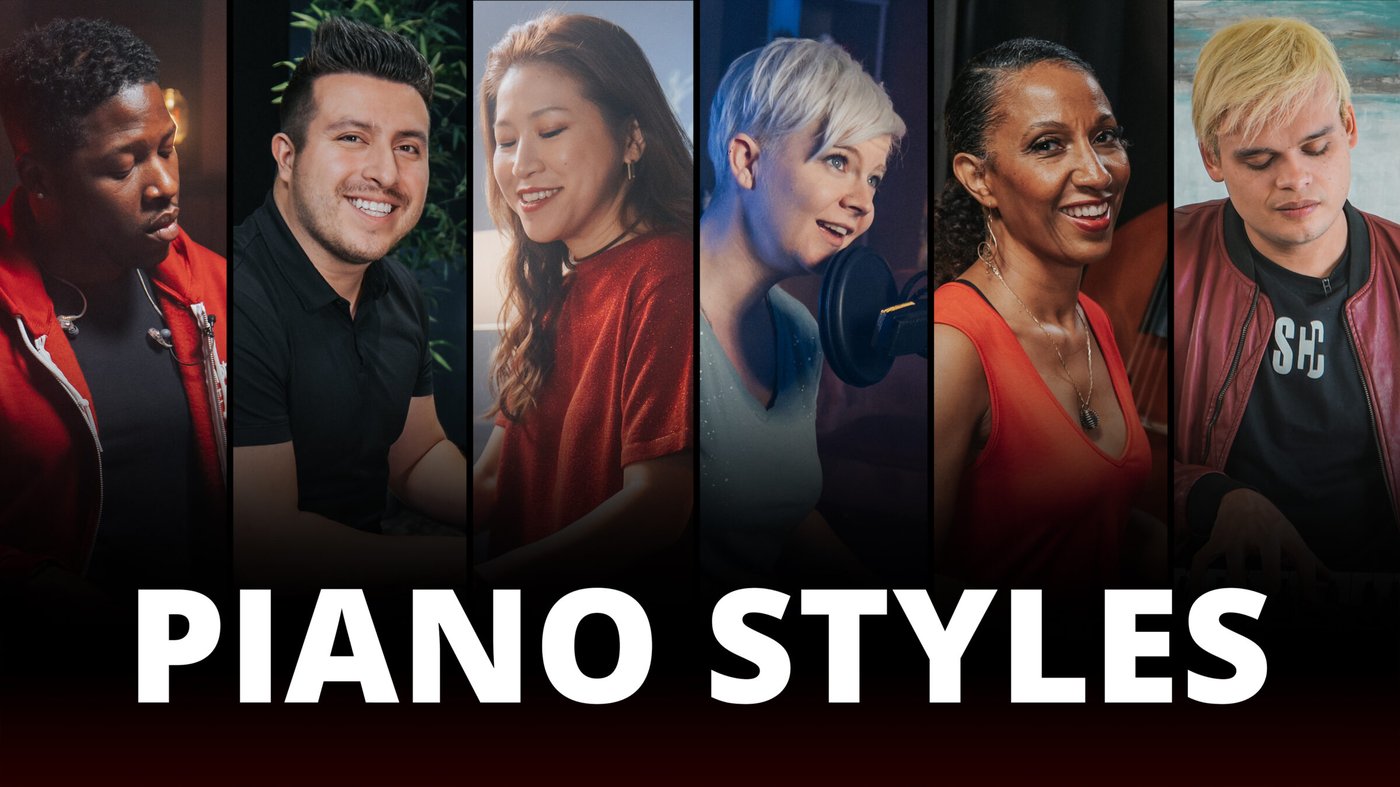
It’s perhaps the coolest thing about the piano: there are SO many different styles of piano playing. From classical to pop, jazz to bossa nova, this instrument plays a central role in a wide and diverse variety of musical genres. If you want to master the piano in all its glory, it helps to know about all the styles of piano playing that are possible.
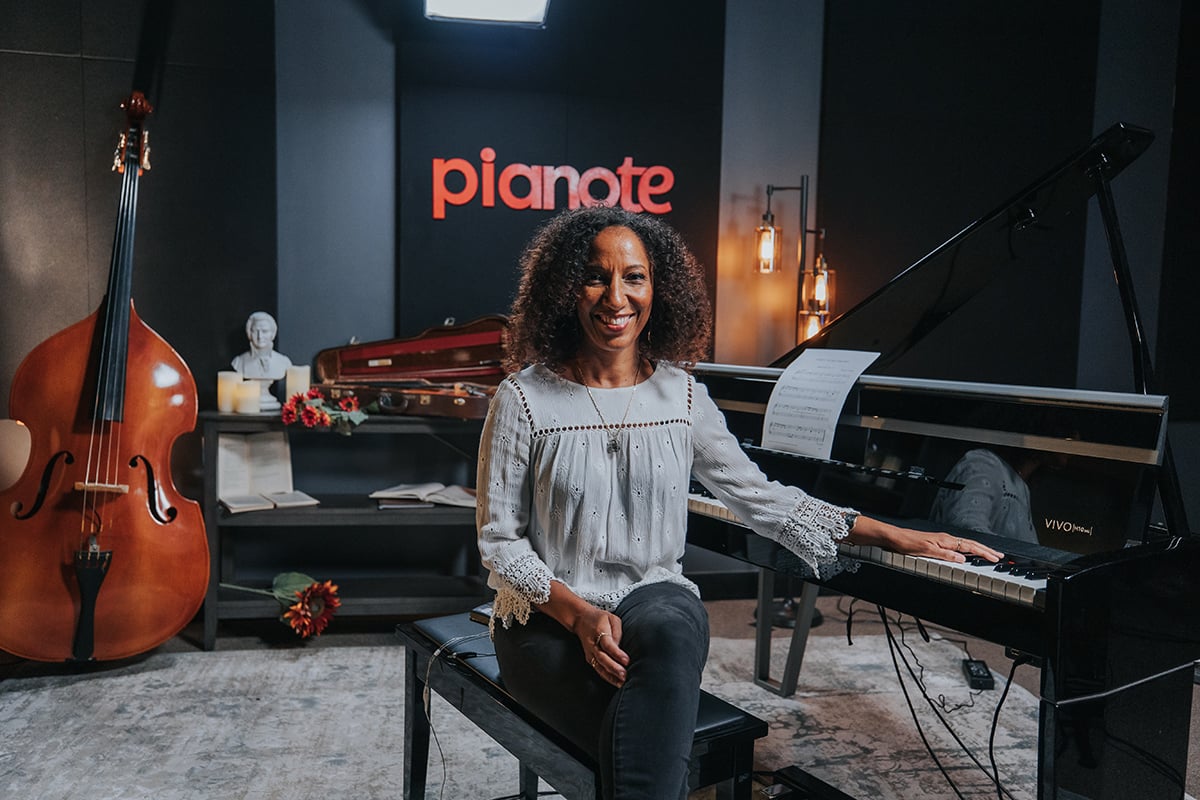
Classical music is an ongoing tradition that stretches back hundreds of years. While it has a reputation for being complex and highly structured, classical music is diverse, with many opportunities to be creative.
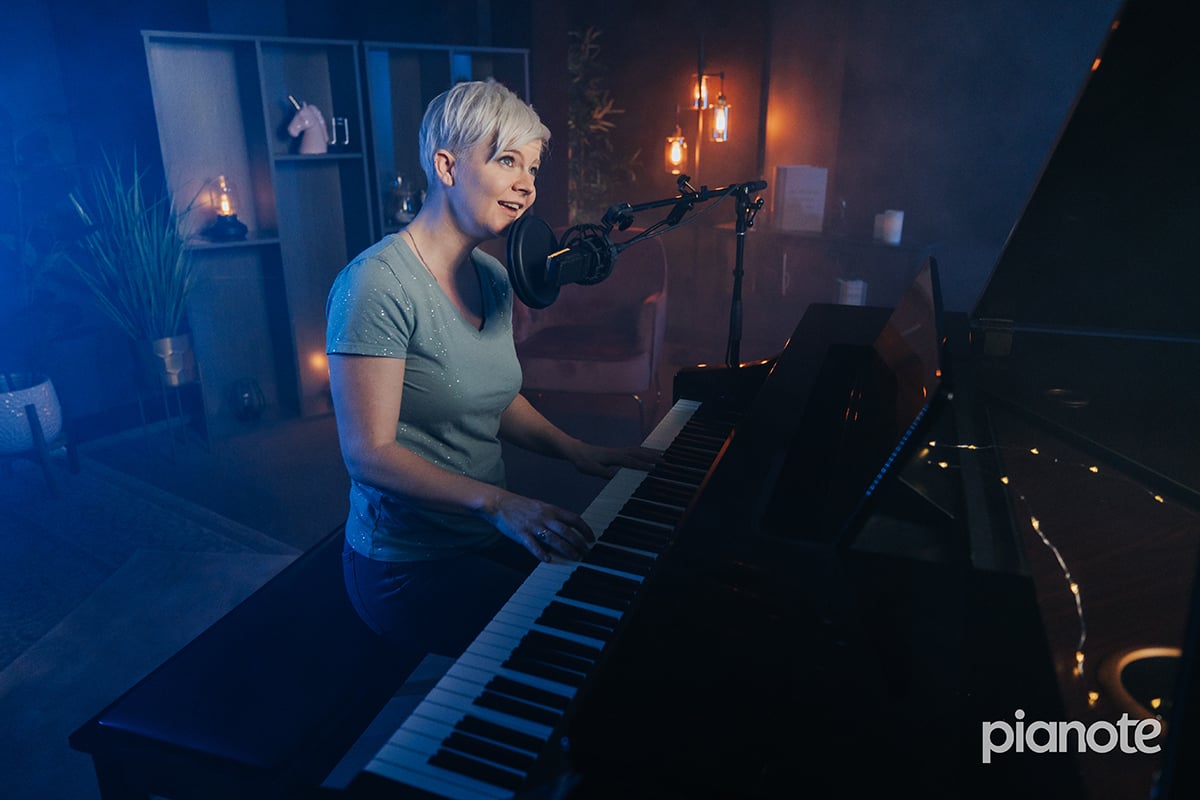
Whether it’s the wistful intro to “A Thousand Miles” or the anthemic chords to “Don’t Stop Believin’,” piano plays a central role in popular music. With just a few chords, progressions, and basic theory knowledge, anyone can rock out on the piano

Latin jazz is an exciting type of jazz with its own rhythmic language. Relax with the bossa nova sway or party it up with a lively piano montuno.
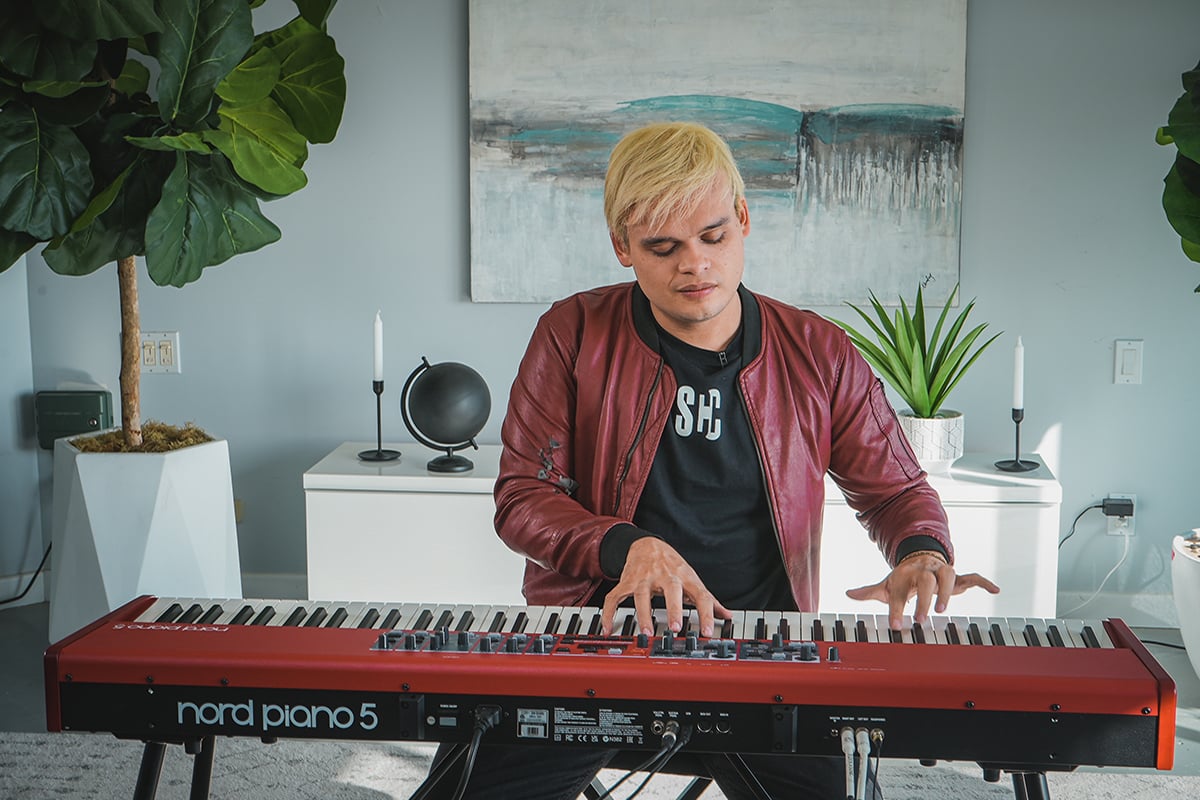
Jazz is a uniquely American style of music and has evolved into a variety of subgenres over the 20th century. Sophisticated…but all in good fun, both theory knowledge and creative improvisation are core skills.
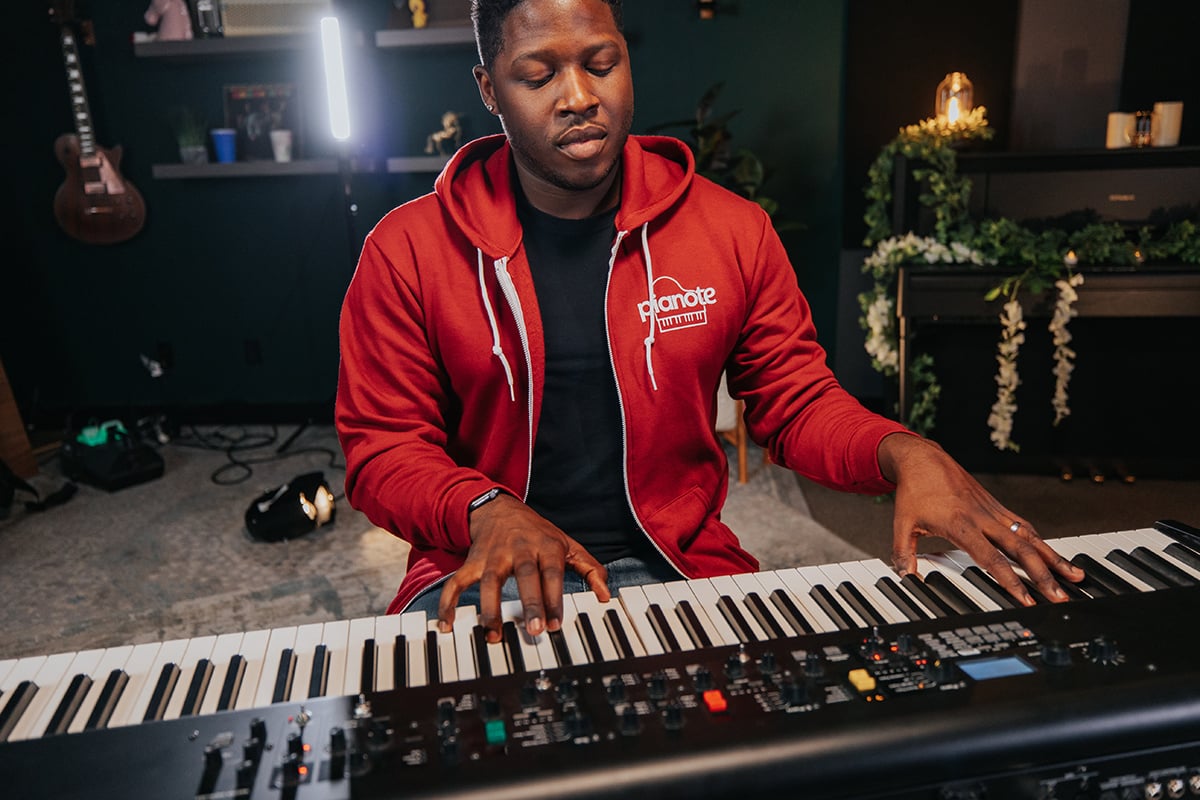
Gospel music gave us memorable melodies like “Amazing Grace.” Learning gospel piano is both musically challenging (in an exciting way!) and rewarding because a rich gospel repertoire allows you to contribute meaningfully to your own spiritual community.
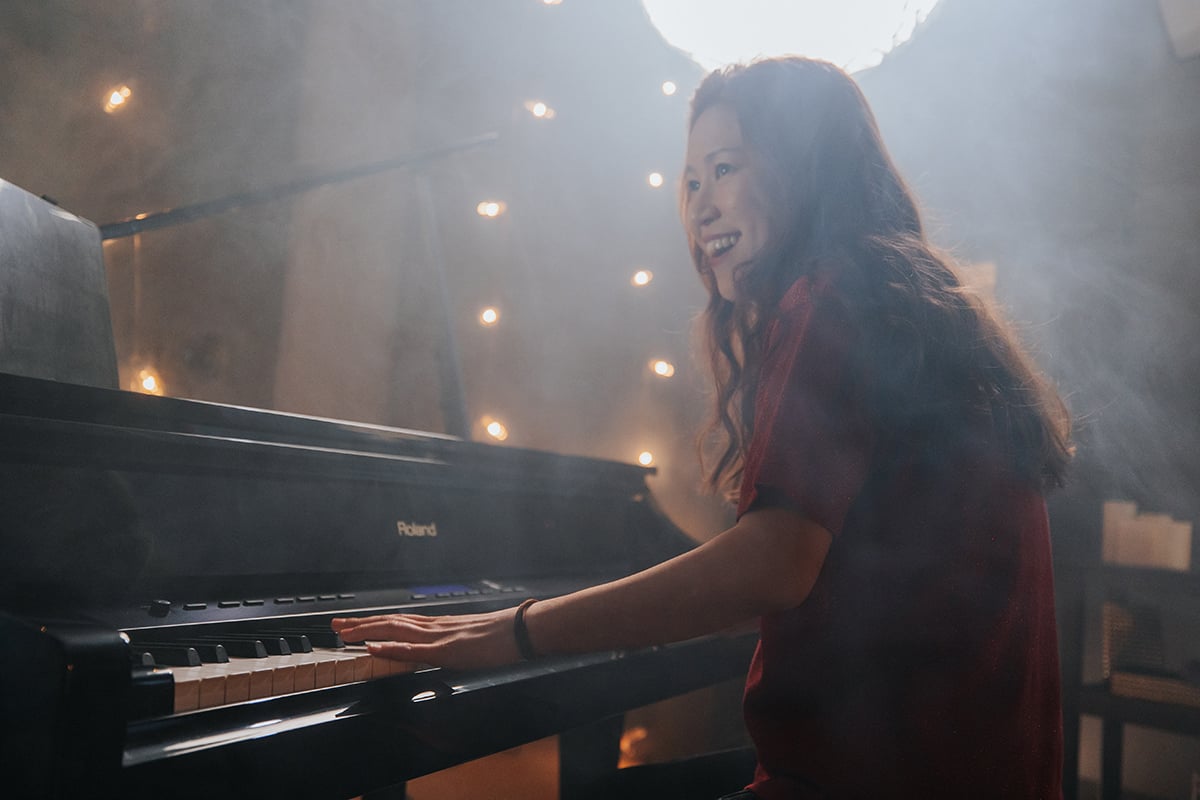
What’s better than learning one style of piano? Learning more styles of piano! The beautiful thing about this instrument is how limitlessly creative you can be with it.
Many of piano’s most iconic melodies come from classical music. Composers like Chopin, Liszt, and Rachmaninoff created the classical piano “sound” nearly everyone has heard. Learning how to play classical music requires technical skill and sight-reading abilities, but it doesn’t have to be a stuffy or strict style of music! Classical pieces leave room for creative interpretation. And you can improvise in a classical style too!
To be precise, “Classical” technically refers to the time period roughly 1750-1825—the reign of Mozart, Beethoven, Hadyn, and the sonata. Before that, in the Baroque period, preludes and fugues ruled keyboard music. Then, in the Romantic era, visionaries like Chopin and Liszt cemented the central role, image, and sound of the piano. Modern and contemporary classical music continues today through artists like Ludovico Einaudi and Yiruma.
It is dreadful when something weighs on your mind, not to have a soul to unburden yourself to. You know what I mean. I tell my piano the things I used to tell you.
Frédéric Chopin

Goldberg Variations
J.S. Bach
“Raindrop” Prelude
Frédéric Chopin
“Rêverie”
Claude Debussy
Jazz is a uniquely American style of music. It arose from the oppression and tragedy of the slavery era and became a popular genre to dance to. But increased musical complexity in later decades made jazz the niche genre it is today. With roots in West African rhythms, call-and-response work songs, spirituals, and ragtime, jazz music is an eclectic mix of inspirations. In fact, what jazz is remains hotly debated. Still, many experts would agree that jazz’s main elements are blues harmony, improvisation, and swing rhythm.
Ragtime is very piano-centric: you’re probably familiar with Scott Joplin classics like “The Entertainer” and “Maple Leaf Rag.” Along with blues, it was a precursor to jazz. Important subgenres that emerged in the twentieth century include bebop (a complex style that was meant to be listened to, not danced to), and free jazz (a subgenre that pushes the boundaries of harmonic rules). Meanwhile, cool jazz is a more relaxed style.
Keep reading to learn about another major type of jazz: Latin jazz.
Music happens to be an art form that transcends language.
Herbie Hancock
“Tiger Rag”
Art Tatum
“Watermelon Man”
Herbie Hancock
“Spain”
Chick Corea
The piano has been a pillar holding up popular music for decades. Play the opening notes to “Bohemian Rhapsody” and someone in the room will start belting out the hit. Learning how to play their favorite pop songs on the piano is also the piano entry point for many people. The incredible thing about pop piano is that, with the right tools and basic structure, you can create your own arrangement of a popular song with limitless possibilities.
Keyboard instruments have been featured in rock (cue the virtuosic runs of many Doors tracks), hip-hop (such as in Eminem’s “Lose Yourself”), and many singer-songwriter ballads (Adele and Lady Gaga love using piano). Keyboards were also popular in the 80s when the synth sound became pervasive. Finally, the piano adapts seamlessly to virtually any style of popular music, including EDM (check out this short “Titanium” tutorial) and even death metal!
The most important thing to remember is that you can wear all the greatest clothes and all the greatest shoes, but you’ve got to have a good spirit on the inside. That’s what’s really going to make you look like you’re ready to rock the world.
Alicia Keys
“Riders on the Storm”
The Doors
“Poker Face” (Piano Version)
Lady Gaga
“A Thousand Miles”
Vanessa Carlton
Gospel is a beautiful style of music related to blues and jazz. Popular in churches, the gospel tradition is descended from spirituals, many of which the original composer(s) is uncertain. Enslaved people in America found the story of the Hebrews in Egypt relatable, and songs like “Swing Low, Sweet Chariot” and “Go Down Moses (Let My People Go)” express hope for a better life. To create that signature gospel sound, it helps to know some key transitions and progressions.
Gospel music is not a sound; gospel music is a message. Gospel music means good news. It’s good-news music.
Kirk Franklin
“Amazing Grace”
Played by Cory Henry
Kirk Franklin NPR Tiny Desk Concert
“Help Me Lord”
Played by Michael Bereal
Latin jazz is a unique flavor of jazz with its own sound and rhythm. The most defining character of Latin jazz is the rhythm—some musicians call it a “sway” to contrast with the “swing” style of mainstream jazz. For pianists, the most important concepts in Latin jazz are the montuno and the tumbao. A montuno is a sort of vamp that outlines chords—octaves and syncopation being very popular traits. The tumbao is an accompanying bass line that is played by the piano when there is no bass section. Learn how to play the most popular montuno and tumbao here.
The two main branches of Latin jazz are Afro-Cuban Jazz and Afro-Brazilian Jazz. A popular subgenre of the latter is bossa nova, which means “new wave.” This relaxed, light style of music first rose to popularity in the 1950s, and it’s what gave us hits like “The Girl from Ipanema.”
I was a beach boy, and I believe I learned my songs from the birds of the Brazilian forest.
Antônio Carlos Jobim
“Night in Tunisia”
Dizzy Gillespie
Played by Pianote Coach Jesús Molina!
“Blue Bossa”
Kenny Dorham
Played by Eliane Elias & Chick Corea
“Desafinado”
Antônio Carlos Jobim
Played by Pianote Coach Sangah Noona!
What’s better than playing a song in one style? Playing it in two—or more—styles!
The styles we’ve discussed on this page are just the tip of the iceberg. There is so much more out there to explore. And don’t be afraid to mix and match elements from different styles. You can take bits and pieces from your favorite inspirations and create a unique voice.
If you want to expand your piano vocabulary to include more styles, check out Sangah Noona’s course Expanding Your Musical Style, which is included in the Pianote Membership. Curious but uncertain whether you want to commit to a membership yet? Try Pianote for seven days, free.
“Twinkle, Twinkle Little Star” Played 5 Ways
“November Rain” (Guns N’ Roses) Played 3 Ways
Teachers: Victoria Theodore and Lisa Witt
Access the Course: Join the next cohort here
Teacher: Jesús Molina
Access the Course: Included in your Pianote Membership
Teacher: Kevin Castro
Access the Course: Included in your Pianote Membership
Teacher: Erskine Hawkins
Access the Course: Included in your Pianote Membership
Teacher: Sangah Noona
Access the Course: Included in your Pianote Membership
Access all these courses (and more!) by becoming a Pianote Member.
Subscribe to The Note for exclusive interviews, fascinating articles, and inspiring lessons delivered straight to your inbox. Unsubscribe at any time.
Charmaine Li is a Vancouver writer who has played piano for over 20 years. She holds an Associate diploma (ARCT) from the Royal Conservatory of Music and loves writing about the ways in which music—and music learning—affects the human experience. Charmaine manages The Note. Learn more about Charmaine here.


By signing up you’ll also receive our ongoing free lessons and special offers. Don’t worry, we value your privacy and you can unsubscribe at any time.
We use cookies for traffic data and advertising. Cookie Policy »